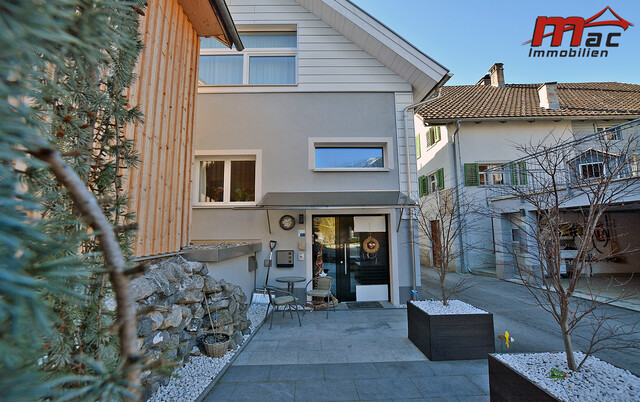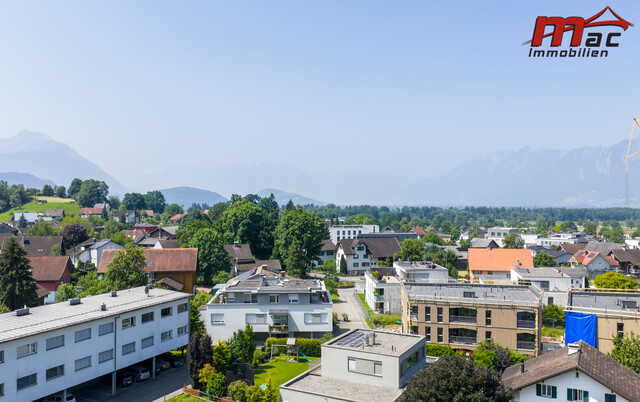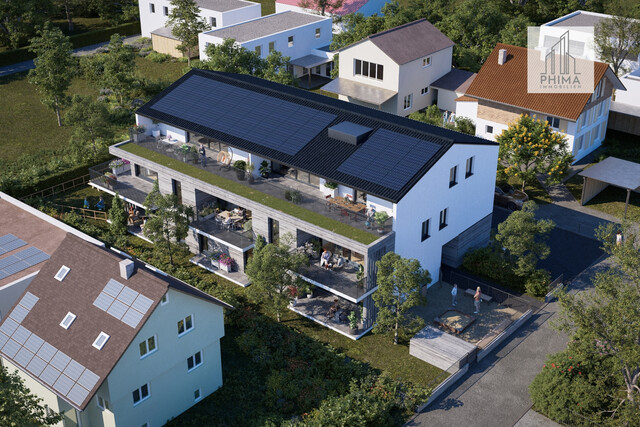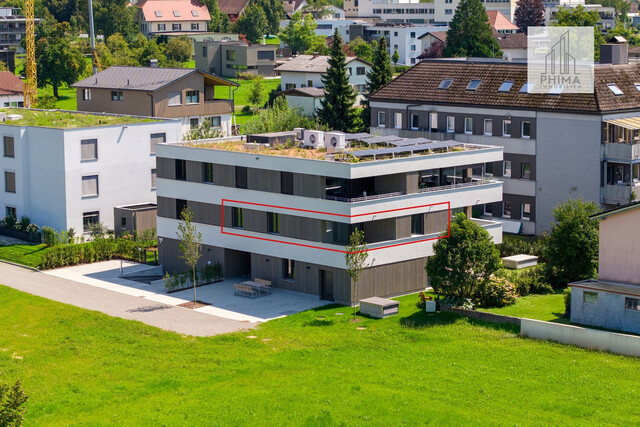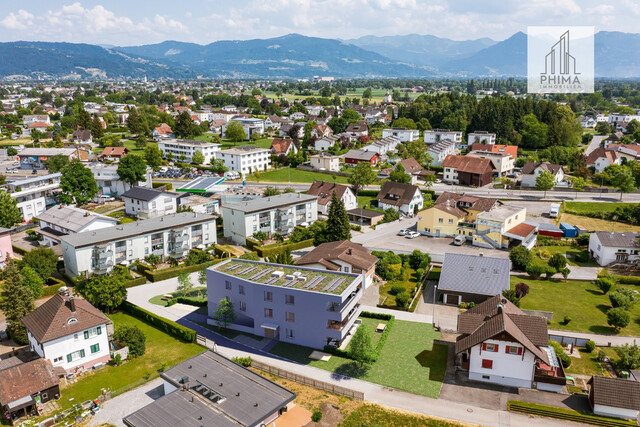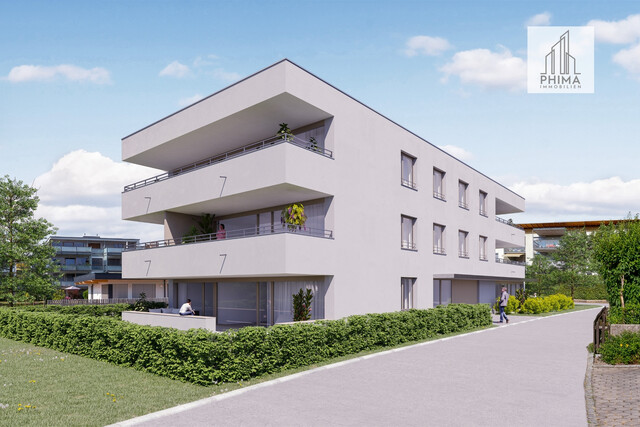GDP Ended Its Downward Trend in the First Quarter

The domestic economy showed signs of life in the first three months of the year. Compared to the fourth quarter of 2024, there was a minimal increase of 0.1 percent in the gross domestic product (GDP), according to data released by Statistics Austria on Friday. However, compared to the first quarter of 2024, the real GDP is 0.5 percent lower. Economic performance is thus significantly below the previous peak of 2022.
The first quarter thus brought the first increase after seven negative quarters. Nevertheless, Austria is "still in an economic phase with low growth dynamics," according to the quarterly Austrian Economic Barometer. The industry, in particular, contributed to the increase in GDP, with its production rising by 1 percent compared to the previous quarter. Public administration, education, and healthcare also increased by 0.7 percent in real terms. There were declines in trade (−0.4%), gastronomy and accommodation (−2.6%), and transport (−1.7%).
2025 GDP Increase Expected
The Austrian National Bank (OeNB) is more optimistic about this year's economic growth. It expects an end to the recession and now forecasts a GDP increase of 0.2 percent for 2025, after having predicted a decrease of 0.1 percent in March. Further growth is expected in the coming years, but stronger catch-up effects like those seen in past crises are not anticipated.
"We are reaching the low point of economic growth this year, from now on it will gently rise," said Birgit Niessner, Director of the Main Department of Economics at the OeNB on Friday. With their GDP estimate for this year, the central bankers are more confident than the Economic Research Institute (Wifo) and the Institute for Advanced Studies (IHS). In their latest forecast in March, Wifo and IHS predicted a decline in economic performance of 0.3 and 0.2 percent, respectively. The OECD also predicted a GDP decline of 0.3 percent in its latest forecast.
The slightly better outlook for 2025 would be supported by the recent positive development in industrial production and improved confidence indices. Additionally, the data released today by Statistics Austria for the first quarter of 2025 showed a GDP increase of 0.1 percent compared to the fourth quarter of 2024. "This gave the Austrian economy a better starting point," said Niessner. For the coming quarters, the central bank sees "continued weak but positive dynamics." In the following two years, GDP growth is expected to accelerate to 0.9 percent (2026) and 1.1 percent (2027), according to the OeNB on Friday.
However, the development would be dampened by US tariff policies, which burden the international environment. Companies would also suffer from an increasing loss of price competitiveness, and private consumption is weak. Additionally, government budget measures such as the abolition of the climate bonus or tax increases would hinder the economy.
Risk for Forecast
The ongoing trade conflict with the USA generally poses a risk to the current forecast. In a negative scenario, that is, if US tariffs continue to rise in the summer, GDP growth could be a total of 1 percentage point weaker in the period from 2025 to 2027, said Klaus Vondra from the Economic Department. On the other hand, in a positive scenario - if the USA and Europe reach an agreement and all tariffs are completely removed - GDP could be half a percentage point higher in the period from 2025 to 2027.
Overall, however, the central bank expects that the recession, which is the longest of the Second Republic at 10 quarters, will end this year. The slight upswing in 2026 and 2027 is, however, unusually subdued compared to previous crises, according to Vondra. Growth will only return to its potential growth, and he does not expect a catch-up effect like after the economic downturn in the Corona crisis.
Growth in the coming years will be supported by expiring effects that have had a strong impact in recent years. These include the development of energy prices, but also the declining inflation and refinancing costs.
On the demand side, private consumption is expected to improve in the coming years, although not as strongly as originally hoped. The development of investments is also hampered by uncertainties due to the international situation and weak building permits. Exports are not expected to stabilize until after 2027. A hindrance here is the "unfavorable development of unit labor costs," said Vondra.
Inflation and Budget
Inflation is seen at an elevated level of 3.0 percent for 2025. The main reasons are higher service inflation and increased energy prices due to the expiration of government relief measures such as the electricity price brake. The central bank only expects a decline in inflation to 1.8 percent in 2026, with a slight increase to 2.1 percent expected again for 2027.
The budget deficit is expected to remain significantly above the Maastricht limit of 3 percent this year despite the government's austerity measures. "The Austrian state is at the beginning of the right path," said Niessner. An improvement in the budget balance to minus 4.2 percent of GDP is forecast for 2025. A further improvement to minus 3.8 percent of GDP is expected for 2026. For 2027, the OeNB expects a deterioration of the budget deficit to 4.0 percent - however, under the assumption that the government does not take further consolidation measures.
The budget deficit also leads to an increase in the debt ratio. This is expected to be 84.2 percent of GDP this year (2024: 81.8 percent). In the following two years, the ratio is expected to rise to 85.8 percent (2026) and 86.6 percent (2027).
(APA/Red)
This article has been automatically translated, read the original article here.
Du hast einen Hinweis für uns? Oder einen Insider-Tipp, was bei dir in der Gegend gerade passiert? Dann melde dich bei uns, damit wir darüber berichten können.
Wir gehen allen Hinweisen nach, die wir erhalten. Und damit wir schon einen Vorgeschmack und einen guten Überblick bekommen, freuen wir uns über Fotos, Videos oder Texte. Einfach das Formular unten ausfüllen und schon landet dein Tipp bei uns in der Redaktion.
Alternativ kannst du uns direkt über WhatsApp kontaktieren: Zum WhatsApp Chat
Herzlichen Dank für deine Zusendung.
